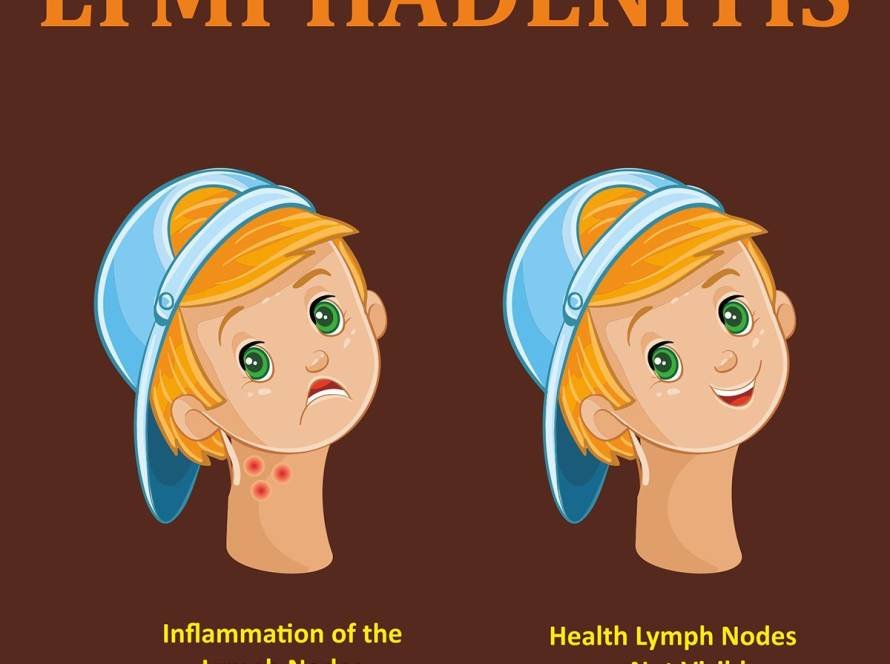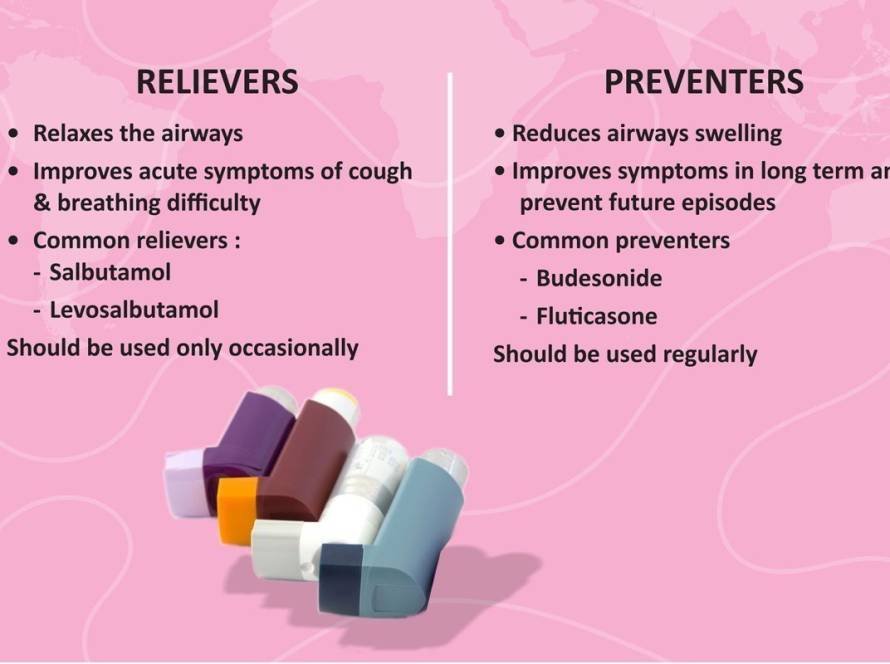Subcutaneous Immunotherapy (SCIT), commonly known as allergy shots, is a well-established treatment for allergic conditions that aims to desensitize the immune system to specific allergens. This blog aims to provide a comprehensive overview of SCIT, including how it works, who it benefits, what to expect during treatment, and its effectiveness.
What is Subcutaneous Immunotherapy (SCIT)?
Subcutaneous Immunotherapy involves injecting small amounts of allergen extracts under the skin to stimulate the immune system gradually. The goal is to induce immune tolerance, reducing the body’s allergic response over time.
How Does Subcutaneous Immunotherapy (SCIT) work?
Subcutaneous Immunotherapy (SCIT) works by exposing the immune system to allergens in increasing doses. This exposure helps the immune system recognize the allergen as harmless, thereby reducing allergic reactions. Over time, the frequency and severity of symptoms decrease.
Who Can Benefit from Subcutaneous Immunotherapy (SCIT)?
Subcutaneous Immunotherapy (SCIT) is primarily used to treat allergic conditions such as seasonal and perennial allergic rhinitis, allergic conjunctivitis (eye allergies), allergic asthma triggered by allergens and insect sting allergies. Candidates for Subcutaneous Immunotherapy (SCIT) are typically children whose symptoms are not well-controlled with medications, who experience significant side effects from medications, or who wish to reduce long-term reliance on medications.
What to Expect During Subcutaneous Immunotherapy (SCIT) Treatment:
- Allergy Testing: Before starting SCIT, allergists perform allergy testing to identify specific allergens causing symptoms.
- Treatment Schedule: SCIT involves a buildup phase where doses are gradually increased over weeks to months, followed by a maintenance phase with regular injections typically every 2-4 weeks.
- Monitoring: During treatment, patients are monitored for allergic reactions. Mild reactions at the injection site are common and usually resolve quickly.
- Duration: SCIT treatment duration varies but may range from several months to several years, depending on individual response and allergen sensitivity.
Effectiveness of Subcutaneous Immunotherapy (SCIT) :
Subcutaneous Immunotherapy (SCIT) has been shown to reduce allergy symptoms and the need for medications, provide long-lasting relief even after treatment completion and prevent the progression of allergic disease (e.g., allergic rhinitis to asthma).
Considerations and Precautions:
SCIT is generally safe but carries a risk of allergic reactions, including severe reactions in rare cases. It may not be suitable for individuals with certain medical conditions or severe allergies. It requires commitment to the treatment schedule and regular follow-ups with an allergist.
Subcutaneous Immunotherapy (SCIT) offers a promising treatment option for individuals suffering from allergic conditions, providing long-term relief and reducing reliance on medications. If your child is suffering from allergies that are not adequately controlled with medications, you need to consult a child allergy specialist to determine if Subcutaneous Immunotherapy (SCIT) is a suitable option for your child. Remember, effective allergy management can significantly improve your quality of life.






